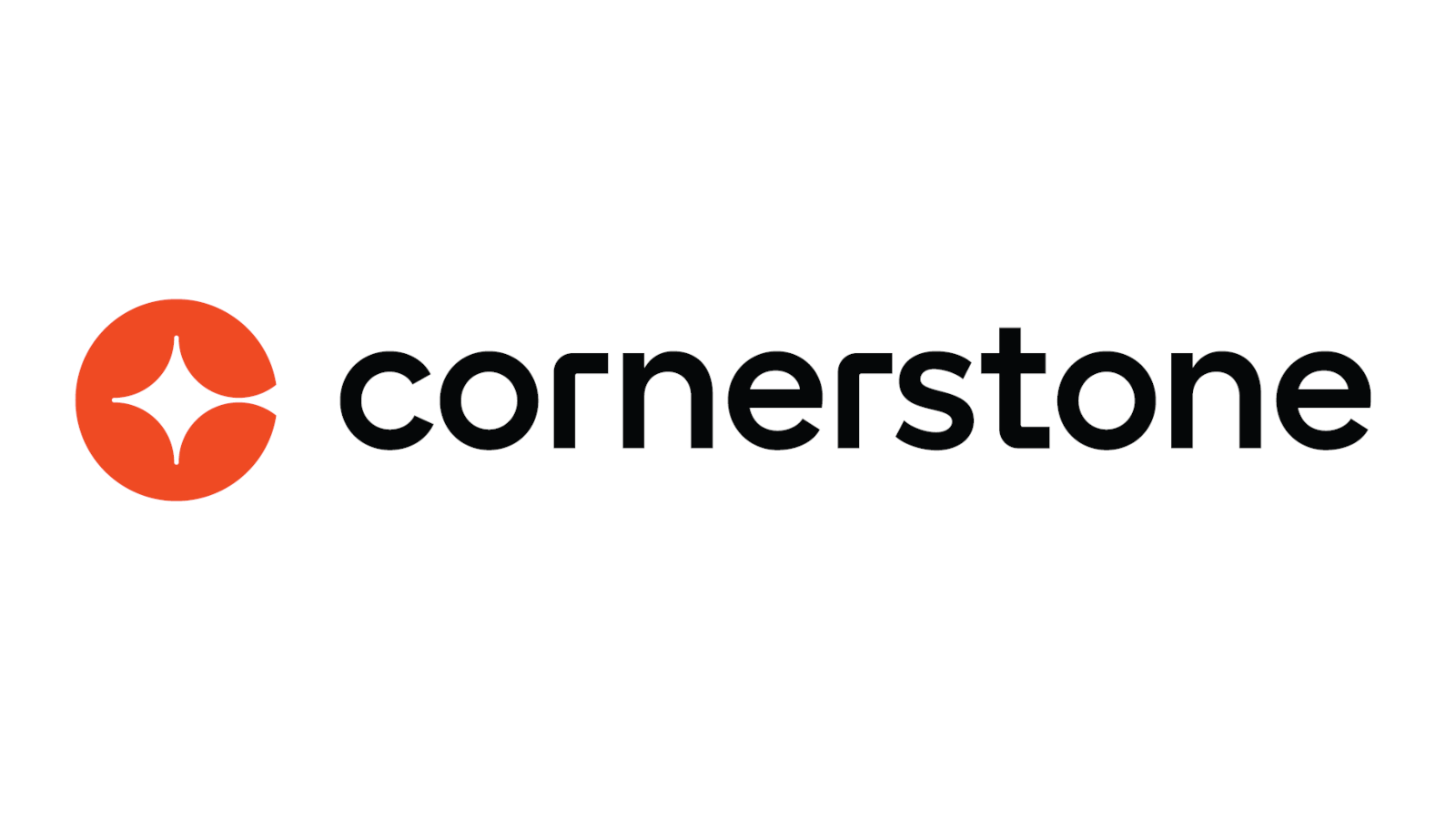
In the ever-evolving world of SEO, one strategy has remained a cornerstone of success: creating high-quality, evergreen content that not only ranks on search engines but also provides lasting value to readers. As Google continues to refine its algorithms to prioritize relevance, authority, and user experience, the importance of well-structured, comprehensive content has never been greater. This article will guide you through the secrets of crafting “cornerstone” content that dominates search results, drives traffic, and builds long-term authority.
What Is Cornerstone Content and Why It Matters
Cornerstone content is the foundation of your website’s SEO strategy. These are the most important, in-depth articles or pages that cover broad topics and target high-value keywords. Unlike short-form blog posts, cornerstone content is designed to be comprehensive, authoritative, and timeless—hence the term “evergreen.”
For example, if you run a fitness blog, a cornerstone article might be an ultimate guide to weight loss, covering everything from diet plans to exercise routines, scientific research, and expert interviews. This type of content is meant to be the go-to resource for users searching for information on that topic.
Why does it matter? Because Google rewards websites that provide thorough, well-researched content. When you create a cornerstone article, you’re not just optimizing for keywords—you’re building trust with both users and search engines. This leads to higher rankings, increased visibility, and sustained traffic over time.

How Cornerstone Content Impacts SEO Performance
Cornerstone content has a significant impact on your overall SEO performance. Here’s how:
- Boosts Authority: By providing in-depth, comprehensive content, you position your site as an authority in your niche. This increases your chances of being featured in Google’s top results.
- Improves Internal Linking: Cornerstone articles serve as central hubs that other blog posts can link back to. This creates a strong internal linking structure, which helps search engines understand your site’s hierarchy and prioritize your most important content.
- Increases Dwell Time: Users who find your cornerstone content are more likely to stay on your site longer, reducing bounce rates and signaling to Google that your content is valuable.
- Supports Long-Tail Keywords: While cornerstone content targets high-competition head keywords, it also allows you to incorporate related long-tail keywords naturally, improving your chances of ranking for multiple search terms.
By focusing on cornerstone content, you’re not just chasing short-term traffic—it’s about building a sustainable SEO strategy that pays off over time.
Step-by-Step Implementation Framework
Creating effective cornerstone content requires a structured approach. Follow these steps to build content that ranks and engages:
- Define or Audit the Current Situation
- Start by identifying the topics that are most important to your audience and align with your business goals.
- Audit your existing content to see what’s already performing well and where gaps exist.
-
Use tools like Ahrefs, SEMrush, or Ubersuggest to analyze keyword opportunities and competitor content.
-
Apply Tools, Methods, or Tactics
- Conduct in-depth keyword research to identify high-value, low-competition keywords that your cornerstone content can target.
- Use content planning tools like Trello, Notion, or Google Sheets to organize your ideas and outline your content strategy.
-
Write with a focus on solving problems and answering questions. Avoid keyword stuffing—instead, aim for natural, conversational language that resonates with readers.
-
Measure, Analyze, and Optimize
- Once your cornerstone content is live, track its performance using tools like Google Analytics, Search Console, or Yoast SEO.
- Monitor metrics such as organic traffic, bounce rate, and time on page to assess how well your content is performing.
- Continuously update and improve your cornerstone articles based on new data, trends, and user feedback.

Real or Hypothetical Case Study
Let’s take a hypothetical example of a small e-commerce brand selling eco-friendly products. The company wants to rank for the keyword “sustainable living tips.” They decide to create a cornerstone article titled “The Ultimate Guide to Sustainable Living.”
This article includes:
– An introduction explaining the importance of sustainability.
– Sections on reducing waste, energy conservation, and ethical consumption.
– Tips for everyday life, including shopping habits and home improvements.
– Resources like infographics, videos, and links to related blog posts.
After publishing, the article receives 5,000 monthly visitors, with a 4-minute average session duration. Over six months, the site sees a 30% increase in organic traffic and a 15% boost in sales. The cornerstone article becomes a key driver of traffic and conversions, proving the power of well-crafted, evergreen content.

Tools and Techniques for Cornerstone Content
To create and optimize cornerstone content effectively, consider using the following tools:
- Yoast SEO: Offers features like content analysis, internal linking suggestions, and cornerstone content marking to help you build a strong SEO strategy.
- Ahrefs: Provides powerful keyword research and content gap analysis tools to identify opportunities for your cornerstone articles.
- SurferSEO: Helps with keyword clustering, semantic scoring, and content optimization to ensure your cornerstone content is both informative and SEO-friendly.
- Google Trends: Allows you to track the popularity of keywords over time and identify emerging trends that could inform your content strategy.
- Grammarly: Ensures your content is grammatically correct and easy to read, improving user experience and engagement.
Future Trends and AI Implications
As AI continues to shape the future of SEO, the role of cornerstone content will become even more critical. With advancements in natural language processing (NLP) and semantic search, search engines are getting better at understanding context and intent. This means that content must not only be relevant but also deeply informative and engaging.
AI-powered tools like Jasper, Copy.ai, and Rytr can help streamline the content creation process, allowing you to produce high-quality, optimized content faster. However, human expertise remains essential in ensuring that your cornerstone content is authentic, valuable, and aligned with your brand voice.
To stay ahead, focus on creating content that answers real questions, solves problems, and provides long-term value. Embrace AI as a tool, not a replacement, and continue refining your content strategy to meet the evolving needs of your audience.

Key Takeaways
- Cornerstone content is the foundation of a strong SEO strategy, providing long-term value and driving consistent traffic.
- It should be comprehensive, authoritative, and focused on solving real problems for your audience.
- A well-structured internal linking strategy is crucial for helping search engines understand your site’s hierarchy.
- Tools like Yoast SEO, Ahrefs, and SurferSEO can help you create and optimize cornerstone content effectively.
- As AI continues to evolve, the importance of high-quality, human-driven content will only grow.
Now is the time to invest in cornerstone content that not only ranks but also resonates with your audience. Start by identifying your most important topics, conducting thorough research, and building content that stands the test of time.
Meta Title: The Secret to Creating ‘Cornerstone’ Content That Ranks in 2024
Meta Description: Learn how to create evergreen, high-ranking content that drives traffic and builds authority. Discover actionable steps and tools for success.
SEO Tags (5): cornerstone content, evergreen content, SEO strategy, content marketing, SEO ranking
Internal Link Suggestions: Parameter #1: Keyword Research, Parameter #3: On-Page SEO, Parameter #5: Content Planning
External Source Suggestions: https://yoast.com, https://ahrefs.com, https://semrush.com





